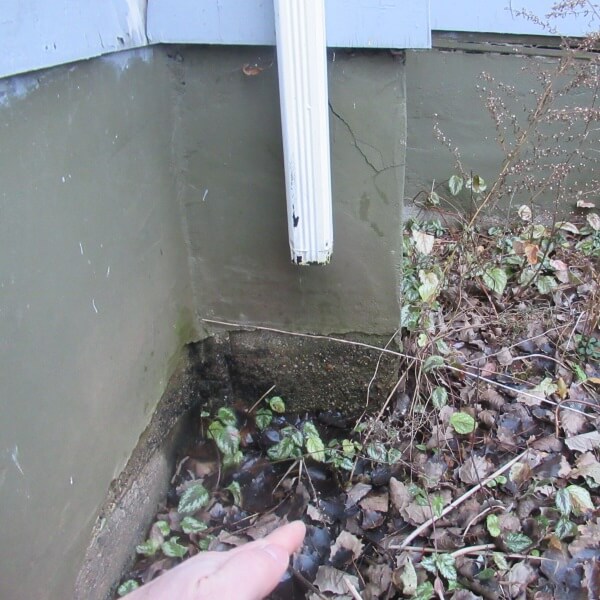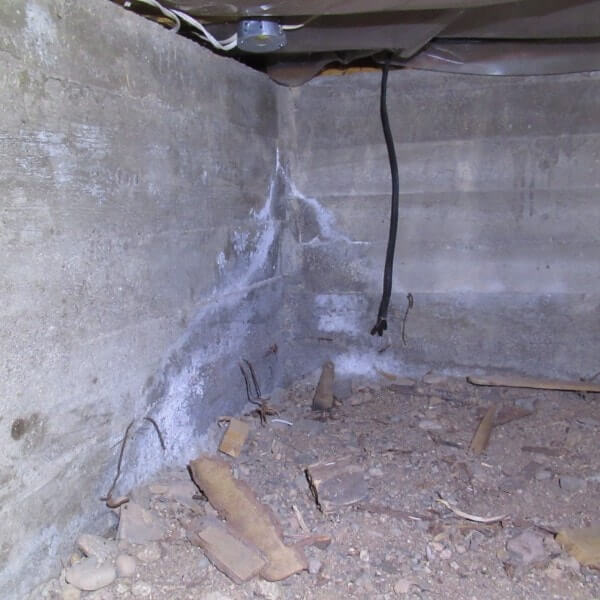9 Common Deficiencies
I find between 20-40 issues on an average inspection. These are 9 of the most common.
Regardless of who the home inspector is or how new the home is you can be guaranteed the home inspection report will have some findings in it. Sometimes they are very easily fixed and are of grave concern but sometimes they warrant a termination of the offer to purchase. Without further ado, here are 9 of the common deficiencies I come across during my inspections on a daily basis:
Electrical
It is very rare that I write a report that does not include some recommendations for the electrical system. I often find double-taps at breakers or fuses; this is when two or more wires are attached to a single circuit breaker or fuse. This is generally not allowed by the panel manufacturer and can pose a serious fire hazard. I also find ungrounded receptacles in almost every home – usually arising from an mis-wired ground wire. Missing metal covers on junction boxes, loose light fixtures, etc. Any electrical issue should be considered a priority due to the potential to cause harm to body or home.
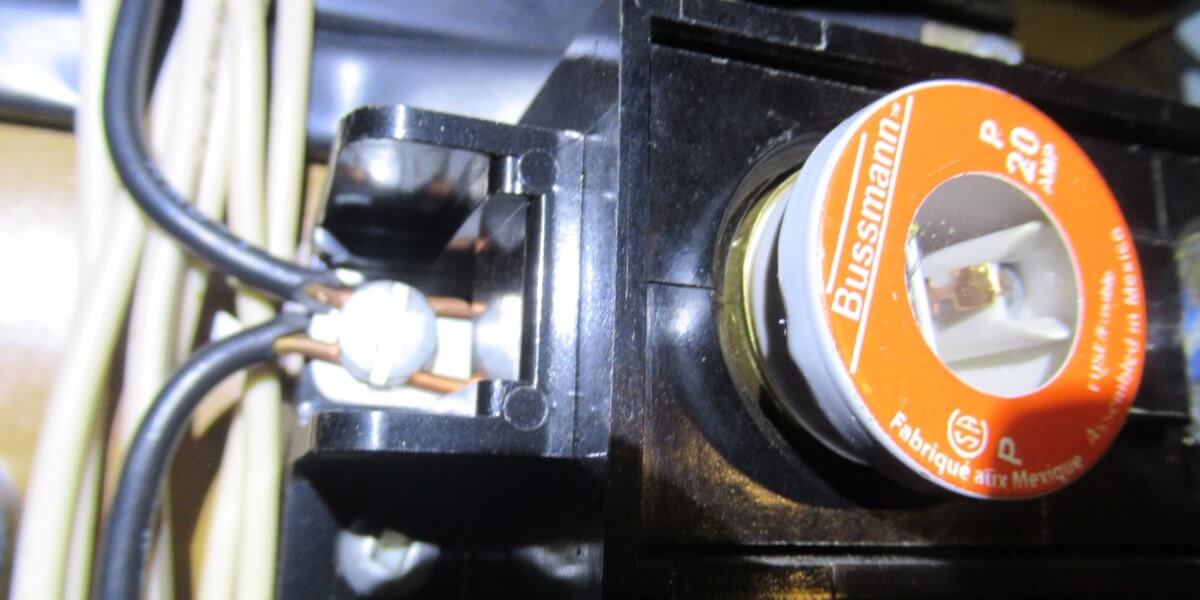
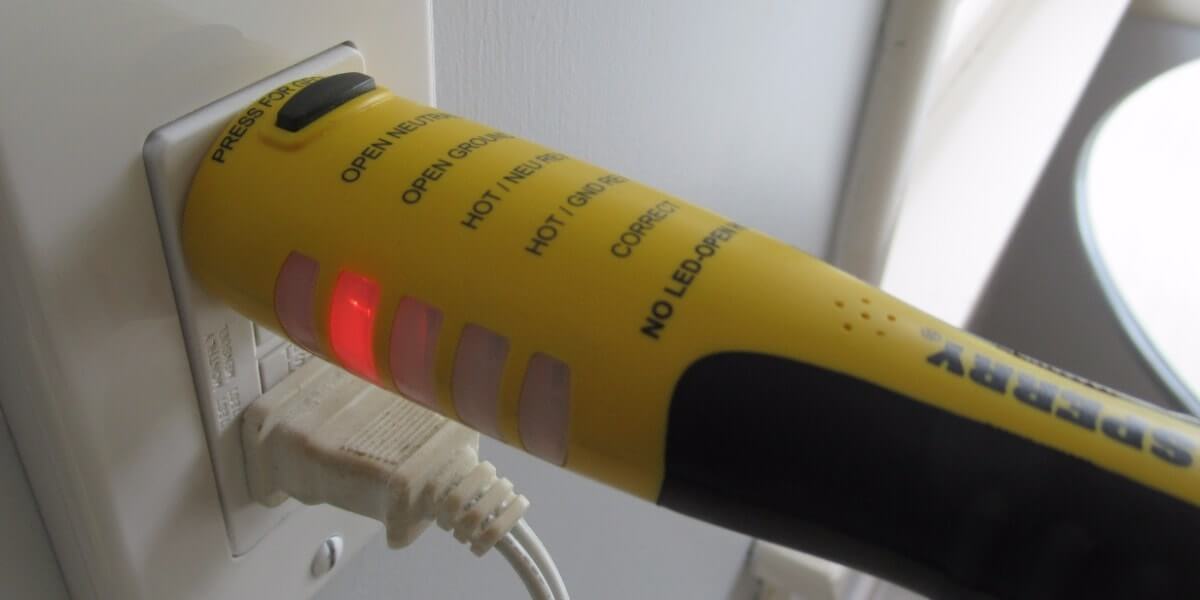
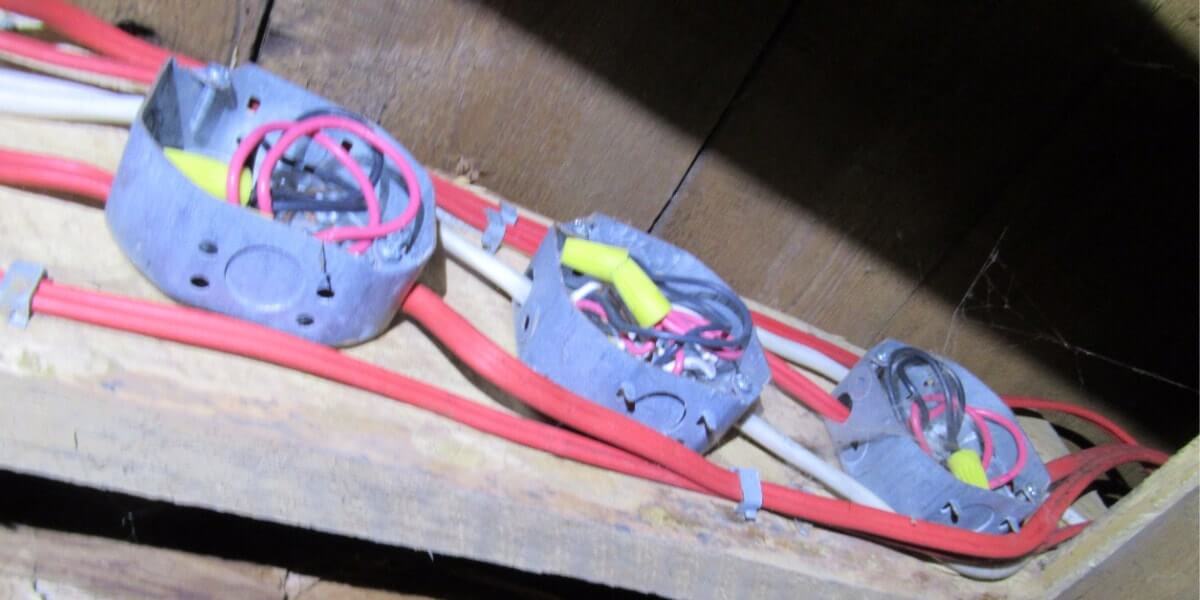
Lot grading
The importance of a properly sloped lot should never be underestimated. This is probably the biggest contributor to wet basements. Lawns should slope downwards at least 6 inches in the first 10 feet away from the foundation. The goal is always to divert water away from the home. I wrote a more in-depth article about lot grading, click here.
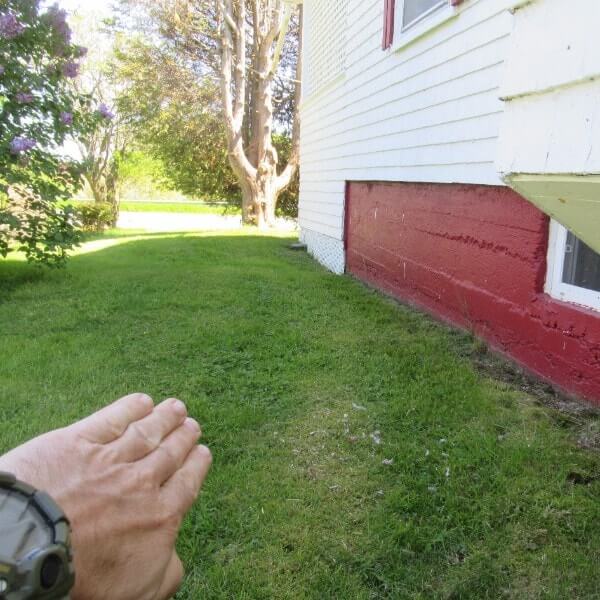
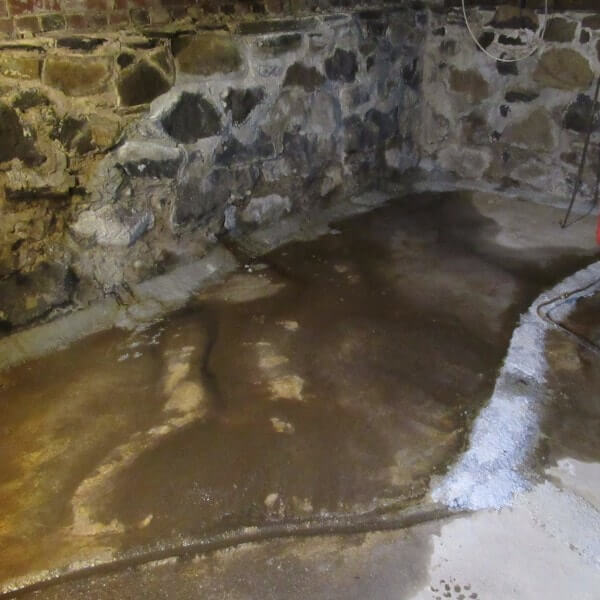
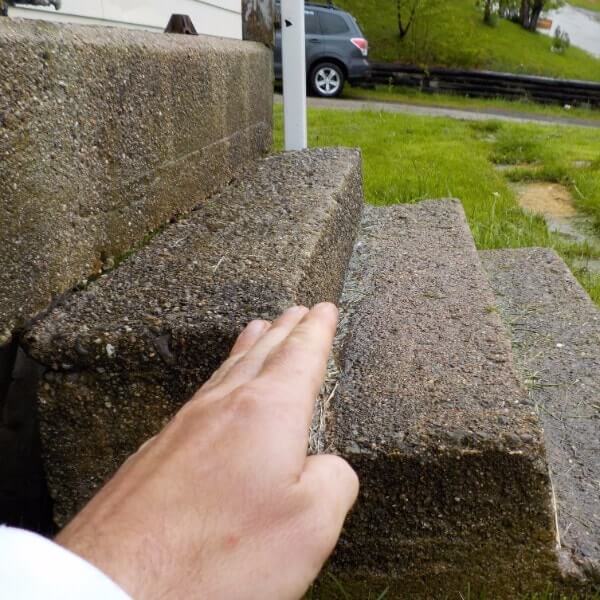
Ventilation
Moisture needs to be exhausted from the home to the exterior. Things like clothes dryers, range hoods and bathrooms have exhaust fans and ducts that should lead to an exterior wall (or in some cases the roof) and be vented through an exterior wall to the outside. I often find this is not done with bathroom exhaust fans; the ducts simply terminate in the attic and contribute a great deal of moisture into the attic space. You never want to needlessly add moisture into an attic; major water damage can occur to the roof sheathing – I have seen it plenty of times.
Attics need to breathe to work properly. I often see the soffit vents obstructed by insulation – this can have detrimental effects but can easily be avoided or corrected. Installation of soffit baffles – inexpensive plastic sheets that are inserted between each rafter bay – help to prevent the soffit vents from becoming obstructed by insulation. Easy.
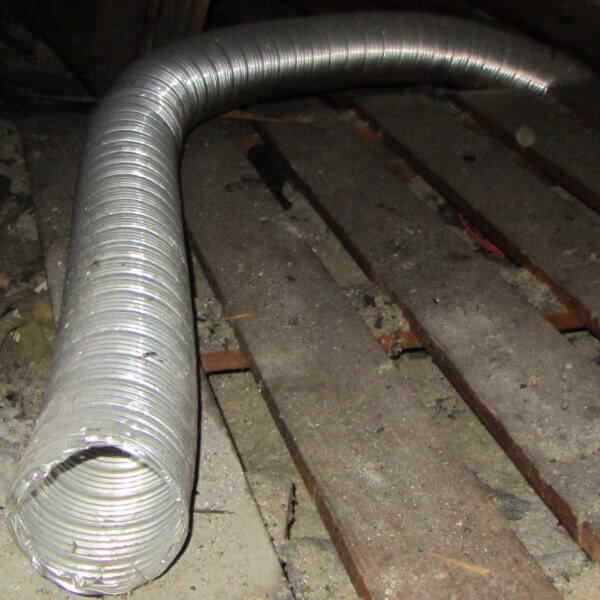
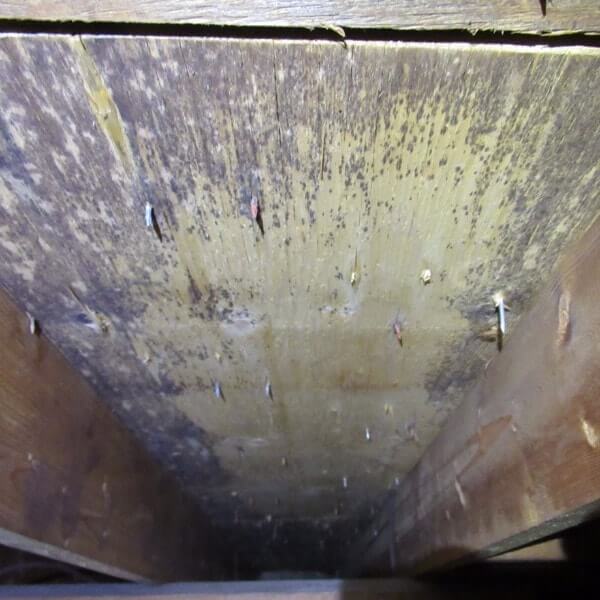
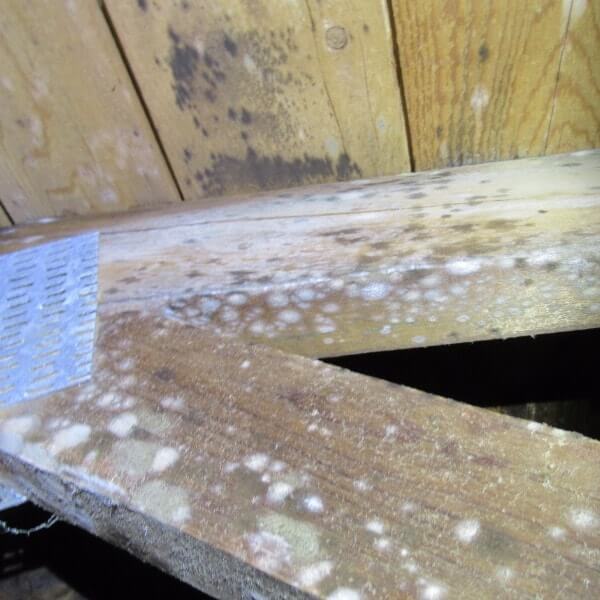
Plants too close
Plants can offer a lot of aesthetic qualities to a home but can also cause a lot of damage. It’s simple – plants on the ground should have at least a 6 inch clearance to the home. Overhanging tree branches should be trimmed well back from the roof. As nice as they look they can cause abrasive damage to the siding, prevent proper drying of the building via shade (leading to rot), harbour pests, damage the foundation and plumbing via roots, deposit debris on roof leading to moss (lower shingle life duration will occur), and clog gutters that could lead to ice-dams and a whole slew of additional problems. Trim them and trim them often.
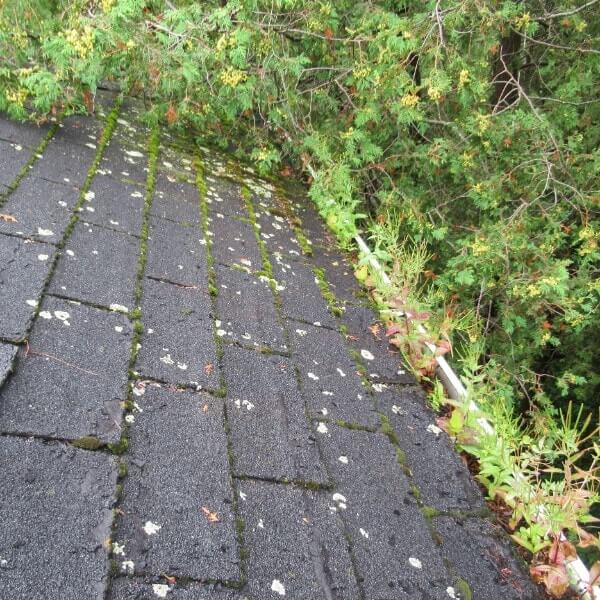
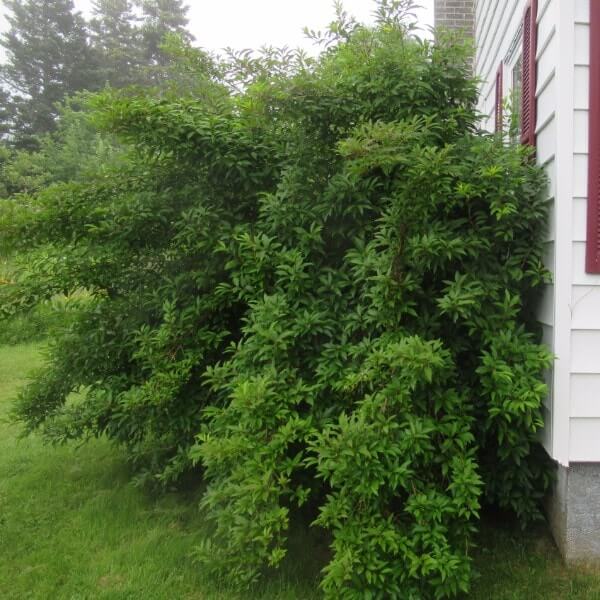
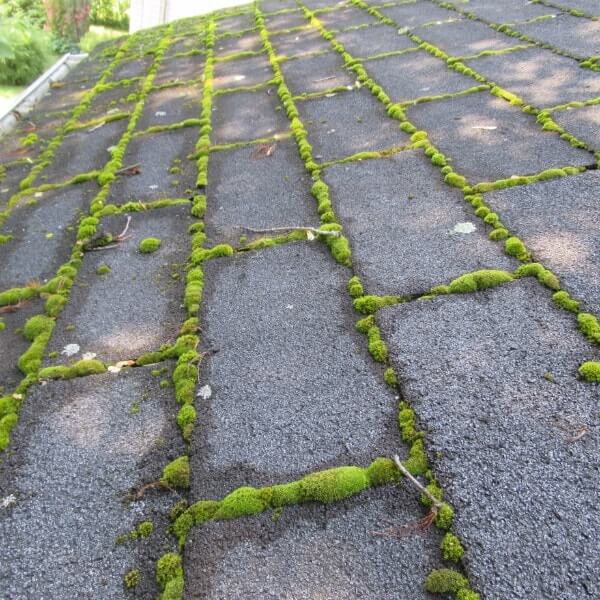
TPRV discharge pipe
Every water heater should have a TPRV (temperature pressure release valve). When the temperature, or pressure, goes beyond a pre-set point inside the tank it can be released through this valve. When this valve is not present the pressure can build up and turn your water heater into a dangerous projectile; there have been reports of tanks going through two stories, out the roof and another 30 feet in the air!
These TPR valves, when activated, will discharge a super hot steam cloud into the room – making it impossible to access the heater to attempt a fix and also possibly scalding you if you happen to be standing close by when this thing goes off. That’s why these valves should have a discharge tube connected that will direct this dangerous steam towards the floor. A very inexpensive and easy safety device that must be installed. On 1/4 of my inspections I discover missing discharge tubes.

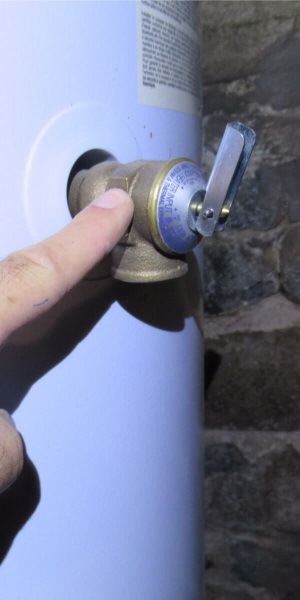
Attic access hatch
This is another really simple one. Weatherstrip your attic access hatch to prevent the air you’ve paid to heat from getting sucked up into the attic. Even a small gap can allow a more than imaginable amount of conditioned air to escape. Not only is this inefficient but this can lead to moisture and condensation in the attic – which can have detrimental effects on building materials. This is an easy do-it-yourself project that will only cost you a few dollars at the local hardware store and 10 minutes of your time. I also suggest having the top of the hatch well insulated.
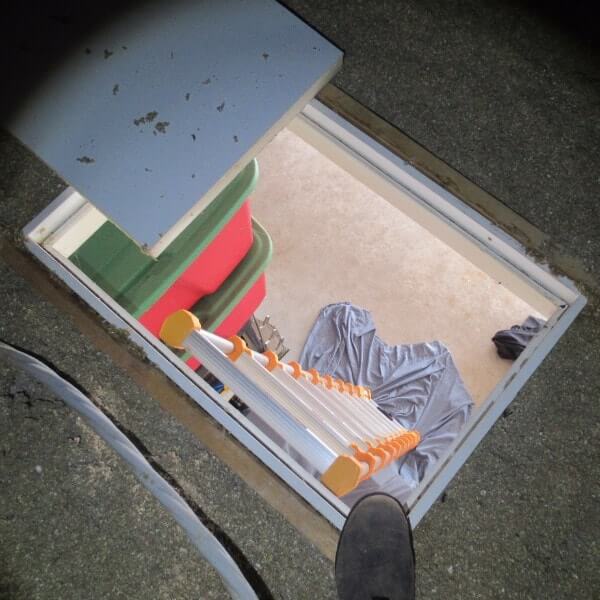
Plumbing
Almost every home has a loose toilet. Might not seem like a big deal but this can cause a poor connection with the wax-seal ring and this, in turn, can lead a slow leak that goes undetected for a long time. Tighten the brass bolts to securely affix the toilet to the floor, problem solved. A few small leaks are also very common under sinks and at failed or corroded shut-off valves.
A couple other common findings are metal hangers used to support copper pipe. When dissimilar metals are in direct contact corrosion will occur; however, brass is okay to be in contact with copper. Simply use some electrical tape to add a layer of separation.
When water is well above 120F scalding can happen very quickly. Children have more sensitive skin and the elderly have slower reflexes; both are vulnerable to scalding. 120F-125F is a good temperature to kill most bacteria while at the same time avoiding scalding.
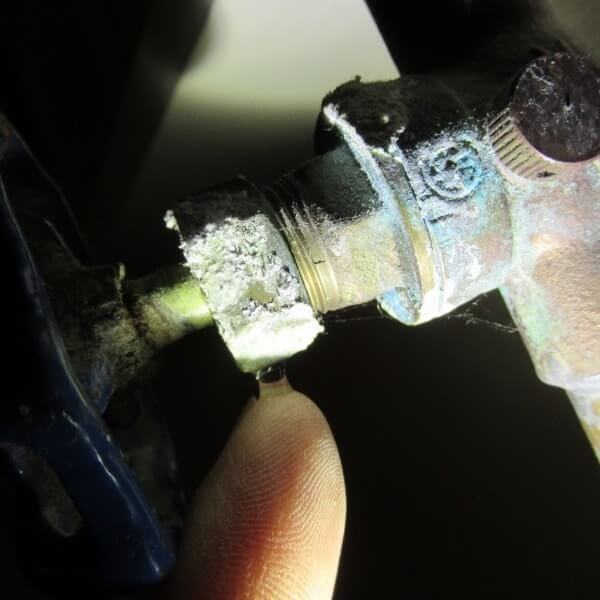
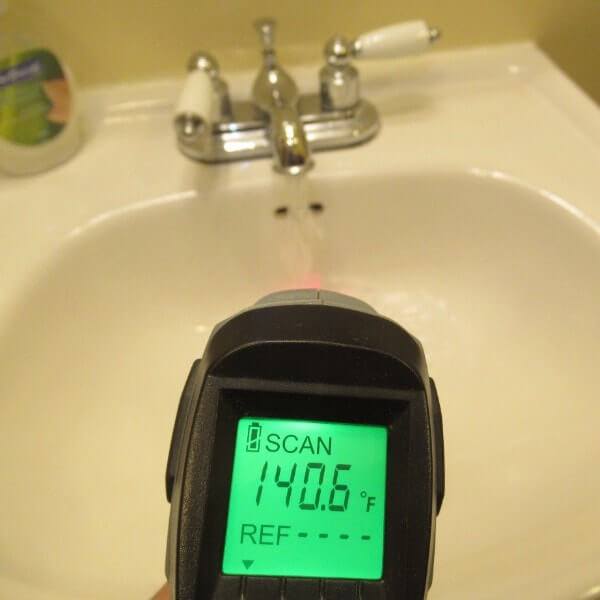
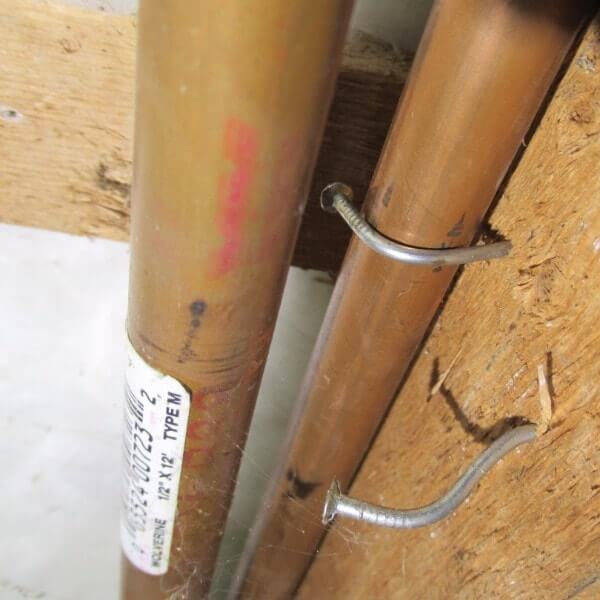
Missing guardrails at stairs
Not much to say here. Guardrails are an important safety device. They prevent kids from falling off stairs, allow you to grab something in case you fall, and allow easier mobility going up and down. They should span from the very bottom to the very top and be sturdy and secure. The building code requires them.
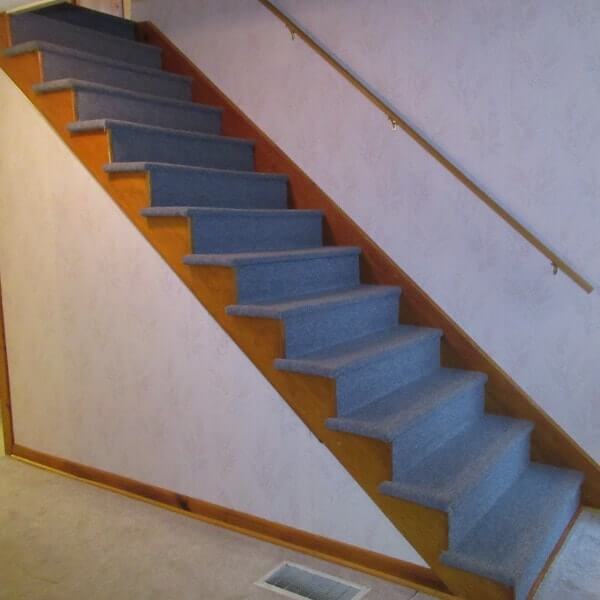
Downspout extensions
Downspout extensions are not aesthetically pleasing but crucial for a dry basement. Discharging water from a downspout directly adjacent to a foundation is a recipe for damage. By adding a simple extension to the bottom of the downspout we can safely direct this mass of water at least 4 feet away from the foundation and ideally onto a properly sloped lot that will continue to lead the water even further away. This finding is part of almost every home inspection report.
